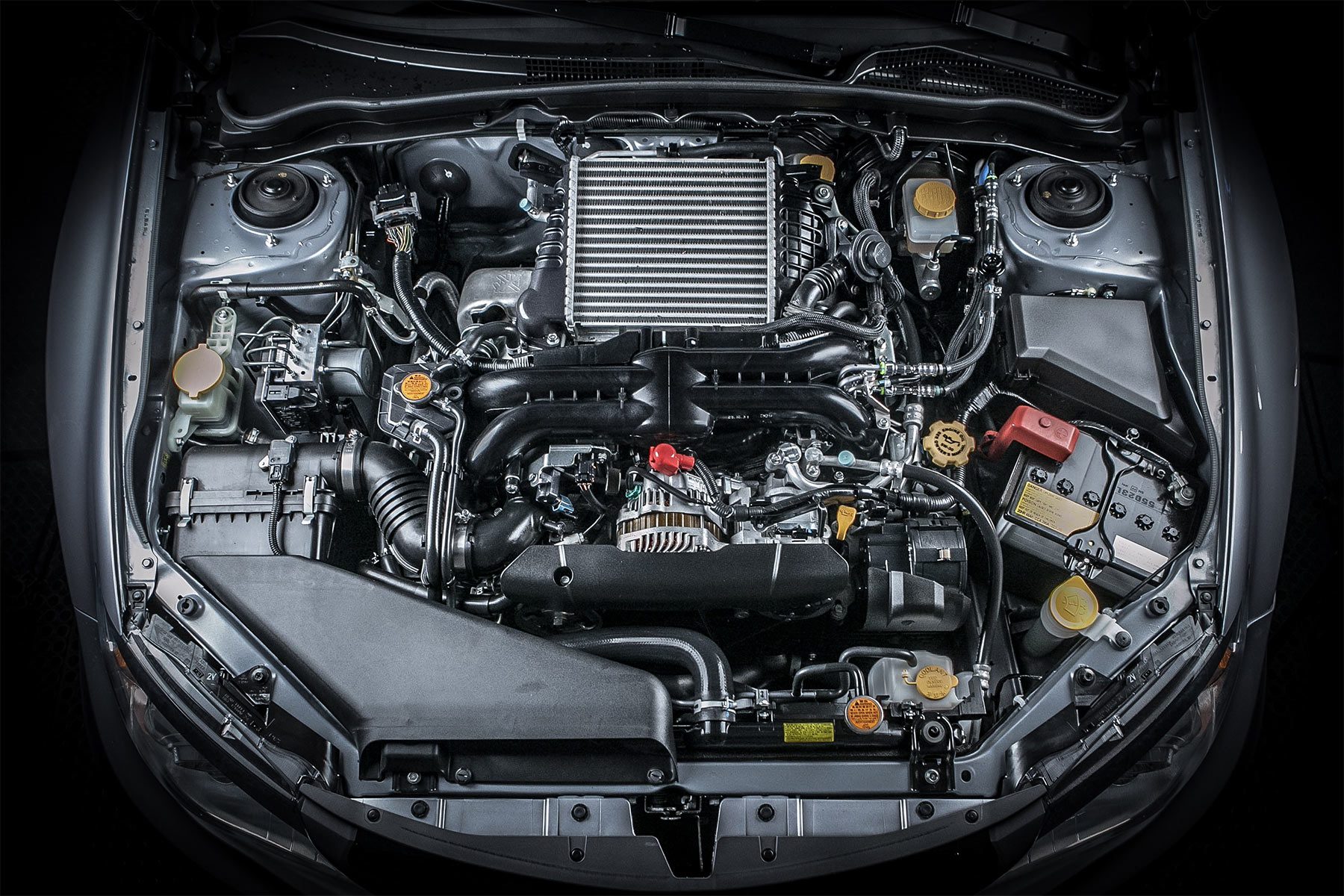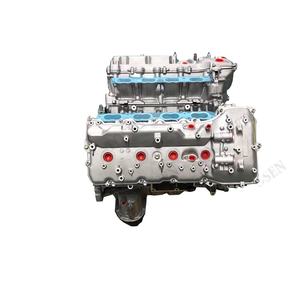Import Engines: Every Little Thing You Need to Know Before Investing in
Discovering the Latest Technical Technologies in Import Engines and Exactly How They Improve Driving Experience
In the world of auto engineering, the landscape of import engines is undergoing a profound improvement driven by advanced technological developments. From the evolution of turbocharged engines to the assimilation of crossbreed technology, the most current developments are revolutionizing the driving experience in methods formerly inconceivable. As import suppliers push the borders of performance and efficiency through boosted fuel injection systems and sophisticated engine administration services, the concern occurs: Just how do these developments truly impact the way we connect with our automobiles when driving?

Advancement of Turbocharged Engines
In the automotive sector, the advancement of turbocharged engines has dramatically transformed the landscape of efficiency and effectiveness. Turbocharging, as soon as mostly seen in high-performance cars, has now become a mainstream innovation taken on by a vast array of vehicles, from small hatchbacks to high-end sedans. The essential principle behind a turbocharged engine is basic yet reliable - by forcing more air right into the combustion chamber, it enables even more gas to be burned, causing enhanced power output.
Among the vital benefits of turbocharged engines is their ability to supply more power from smaller, extra fuel-efficient engines. This scaling down trend has caused a decrease in discharges without jeopardizing performance, making turbocharging an appealing option for car manufacturers striving to satisfy rigid environmental laws. Moreover, turbocharged engines supply enhanced torque at lower RPMs, supplying drivers with an extra dynamic and receptive driving experience - import engines.
As technology proceeds to advancement, we can expect more innovations in turbocharging, causing even greater levels of efficiency and efficiency in the vehicle industry.
Advancements in Gas Shot Equipments
Modern gas injection systems have progressed to supply fuel much more efficiently and specifically into the engine cyndrical tubes, boosting general engine efficiency and gas performance. One of the crucial developments in gas shot systems is the change from conventional port fuel shot (PFI) to even more sophisticated direct fuel injection (DFI) technology.
Furthermore, the integration of electronic control units (ECUs) and sensors in fuel shot systems has allowed for real-time adjustments to fuel delivery based on different aspects such as engine load, temperature, and driving problems. This degree of accuracy makes sure ideal fuel-air mixture proportions, optimizing engine performance while minimizing gas intake and emissions. In addition, improvements in gas injector layout, materials, and spray patterns have actually contributed to cleaner combustion and smoother engine procedure. To conclude, the constant advancements in fuel injection systems play an important duty in enhancing driving experience by giving enhanced performance, gas economy, and environmental friendliness.
Assimilation of Hybrid Innovation
The evolution of gas shot systems in the direction of higher performance and efficiency has set the stage for the seamless combination of crossbreed technology into contemporary engines. Crossbreed innovation incorporates making use of traditional interior combustion engines with electrical propulsion systems, supplying boosted gas efficiency and lowered exhausts. By incorporating electric motors and batteries into the powertrain, crossbreed engines can supplement the inner combustion engine throughout velocity or low-speed driving, therefore boosting total performance.

Improved Engine Monitoring Equipment
What are the vital improvements in engine management systems that are enhancing the performance and efficiency of modern-day engines? Engine management systems have actually More Help undertaken considerable improvements to enhance engine performance and efficiency.
Furthermore, modern-day engine administration systems make use of advanced formulas and fabricated intelligence to evaluate the data collected by sensing units and make vibrant modifications to elements such as ignition timing, fuel injection, and turbocharger boost stress. This level of precision and versatility cause improved engine responsiveness, enhanced power outcome, and lowered gas consumption.
Furthermore, engine management systems currently feature sophisticated analysis capabilities that can spot and resolve problems such as misfires, sensor malfunctions, and gas system abnormalities in real-time, therefore enhancing overall engine integrity and longevity. These improvements in engine management systems play a vital duty in enhancing the driving experience by providing optimal performance, fuel efficiency, and reliability.
Effect of Lightweight Products
Incorporating lightweight products in engine production has reinvented the vehicle sector's technique to enhancing fuel effectiveness and efficiency. Using materials such as carbon aluminum, titanium, and fiber has actually dramatically lowered the overall weight of engines, resulting in boosted power-to-weight proportions and raised gas economy. These light-weight materials supply a higher strength-to-weight proportion compared to standard materials like steel, enabling higher sturdiness without endangering performance.
One of the crucial advantages of using lightweight materials in engine building is the decrease of inertia, causing quicker engine response times and boosted general vehicle dexterity. Additionally, the lighter weight adds to lower power intake, making automobiles much more eco-friendly by decreasing exhausts.
In addition, the execution of lightweight materials in engine components such as pistons, connecting poles, and crankshafts has read this article made it possible for designers to press the limits of performance without compromising reliability (import engines). This technology has led the means for extra reliable and effective engines that provide an exceptional driving experience while satisfying stringent exhausts requirements
Verdict
To conclude, the current technical developments in import engines have considerably enhanced the driving experience. From the advancement of turbocharged engines to advancements in gas shot systems, integration of hybrid modern technology, improved engine administration systems, and using lightweight materials, these developments have actually jointly boosted efficiency, gas effectiveness, and overall driving dynamics. As technology remains to breakthrough, we can expect also much more interesting growths in the future of import engines.
Modern gas injection systems have progressed to supply fuel much more effectively and specifically into the engine cylinders, enhancing total engine performance and fuel effectiveness - import engines. By incorporating electric motors and batteries right into the powertrain, crossbreed engines can supplement the inner burning engine during velocity or low-speed driving, therefore boosting total efficiency
What are the crucial improvements in engine management systems that are improving the performance and effectiveness of contemporary engines? Engine monitoring systems have undertaken significant developments to optimize engine performance and effectiveness. From the development of turbocharged engines to developments in gas injection systems, assimilation of crossbreed modern technology, improved engine administration systems, and the use of lightweight materials, these advancements have actually jointly improved efficiency, fuel performance, and general driving dynamics.